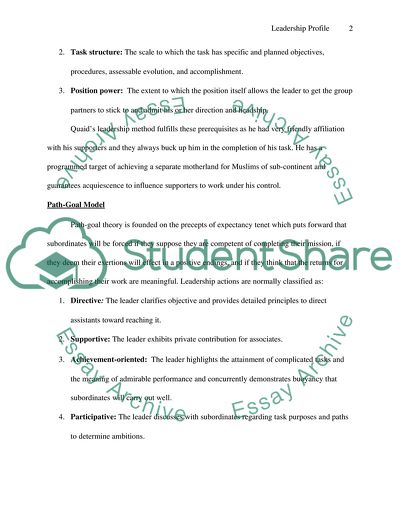Cite this document
(“Leadership Profile of Mohmad Ali Jinah Essay Example | Topics and Well Written Essays - 1000 words”, n.d.)
Retrieved from https://studentshare.org/social-science/1537717-leadership-profile-mohmad-ali-jinah-popular-as-qaide-azam-founder-of-pakistan
Retrieved from https://studentshare.org/social-science/1537717-leadership-profile-mohmad-ali-jinah-popular-as-qaide-azam-founder-of-pakistan
(Leadership Profile of Mohmad Ali Jinah Essay Example | Topics and Well Written Essays - 1000 Words)
https://studentshare.org/social-science/1537717-leadership-profile-mohmad-ali-jinah-popular-as-qaide-azam-founder-of-pakistan.
https://studentshare.org/social-science/1537717-leadership-profile-mohmad-ali-jinah-popular-as-qaide-azam-founder-of-pakistan.
“Leadership Profile of Mohmad Ali Jinah Essay Example | Topics and Well Written Essays - 1000 Words”, n.d. https://studentshare.org/social-science/1537717-leadership-profile-mohmad-ali-jinah-popular-as-qaide-azam-founder-of-pakistan.


